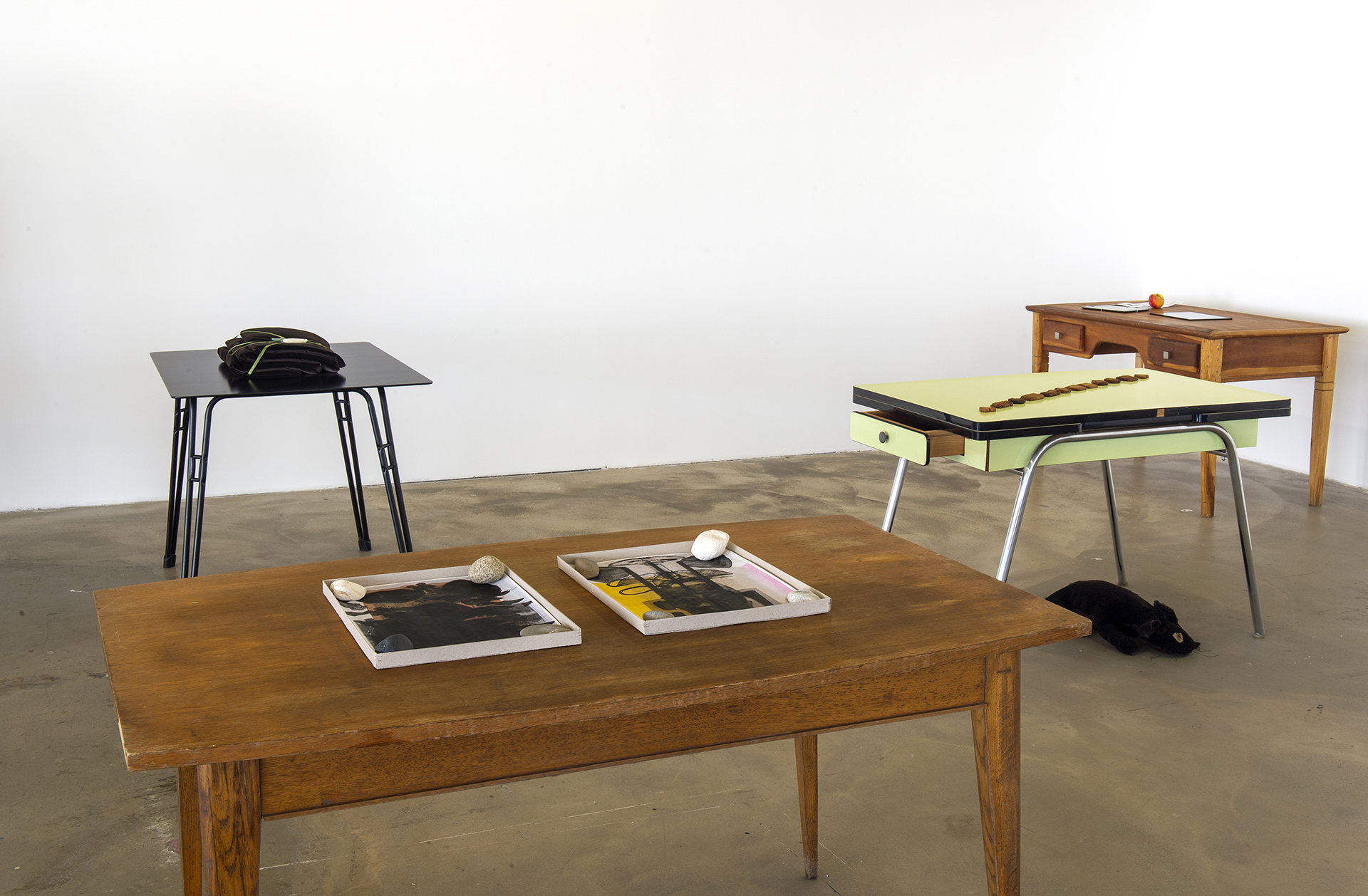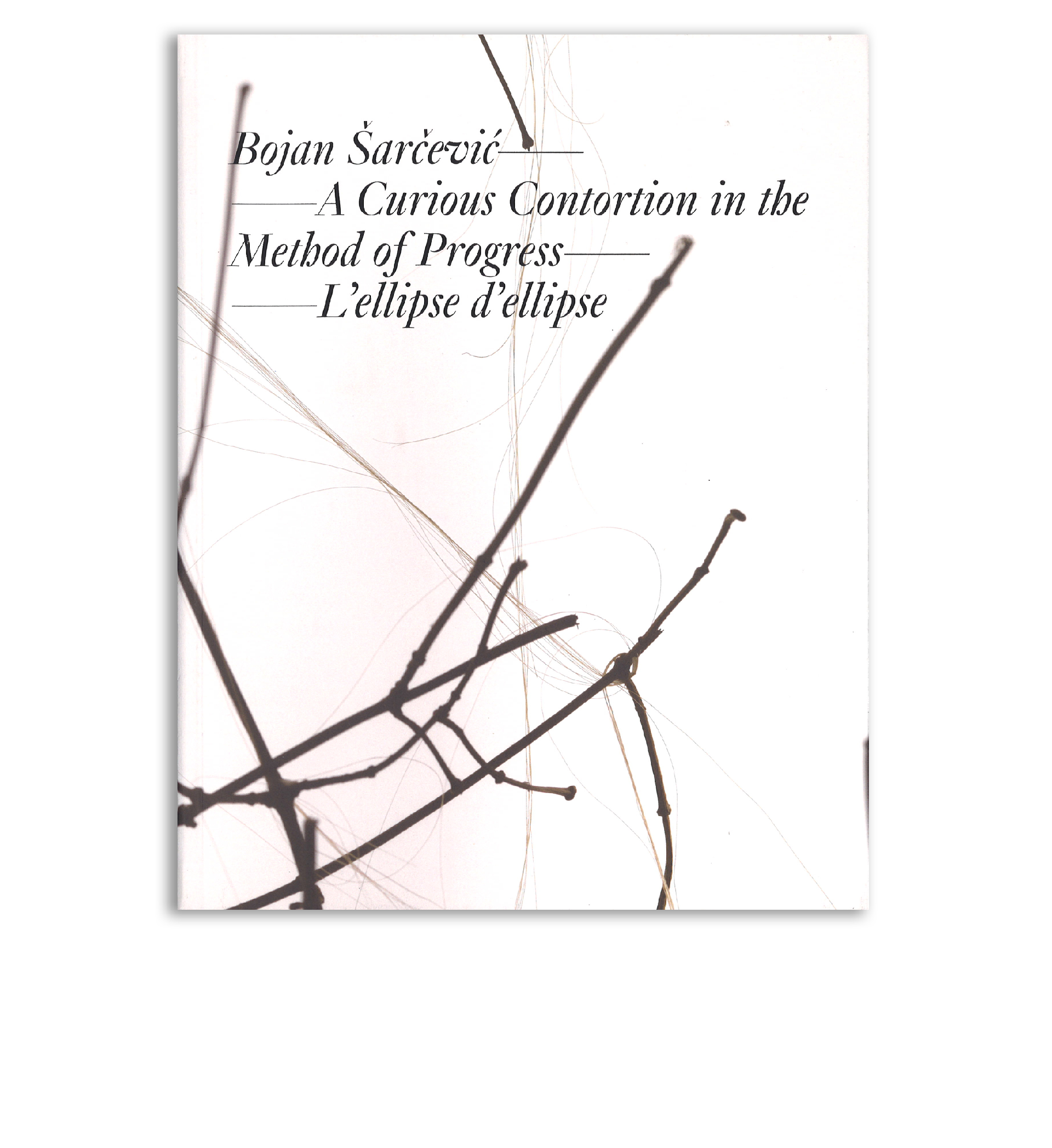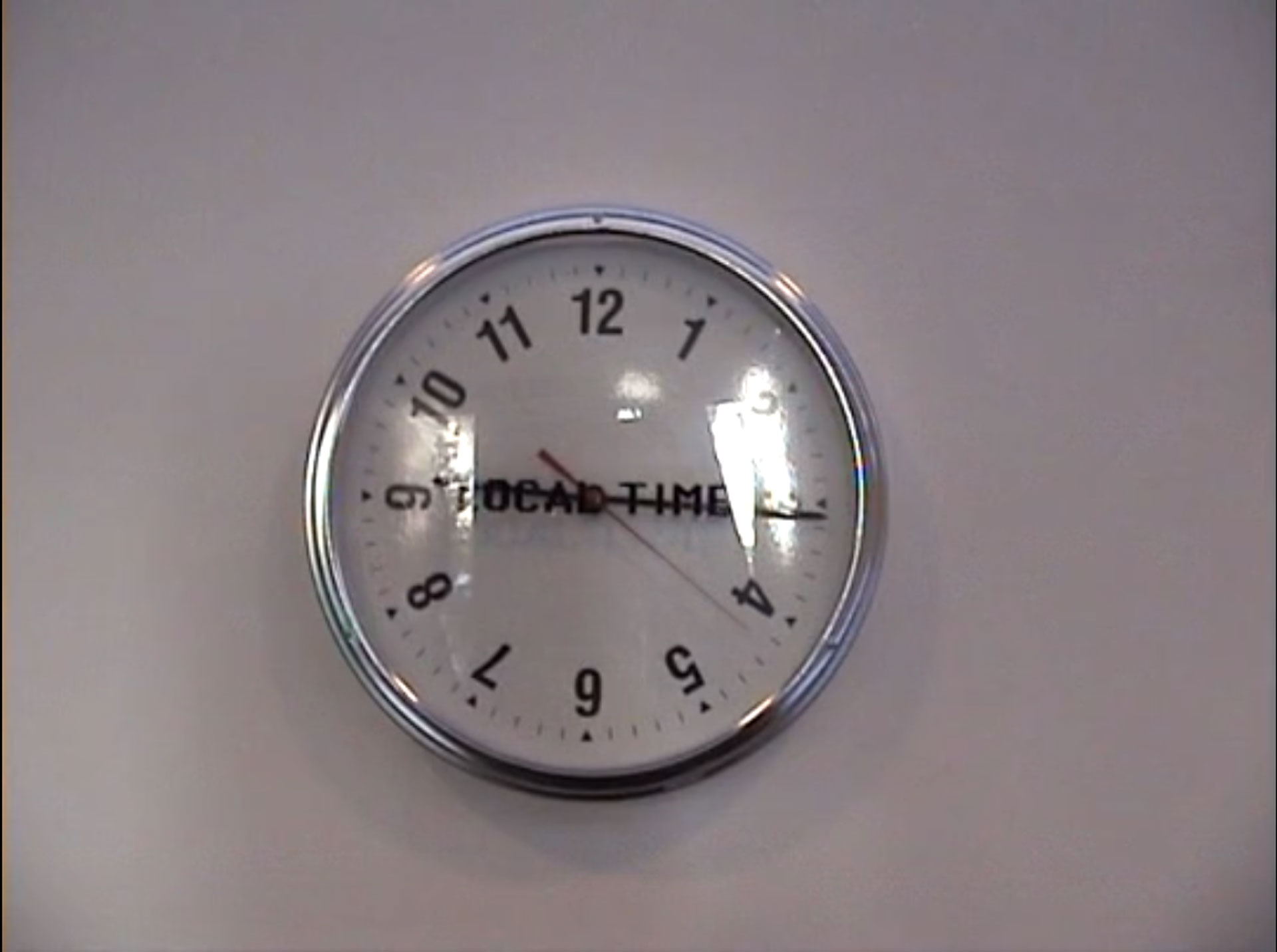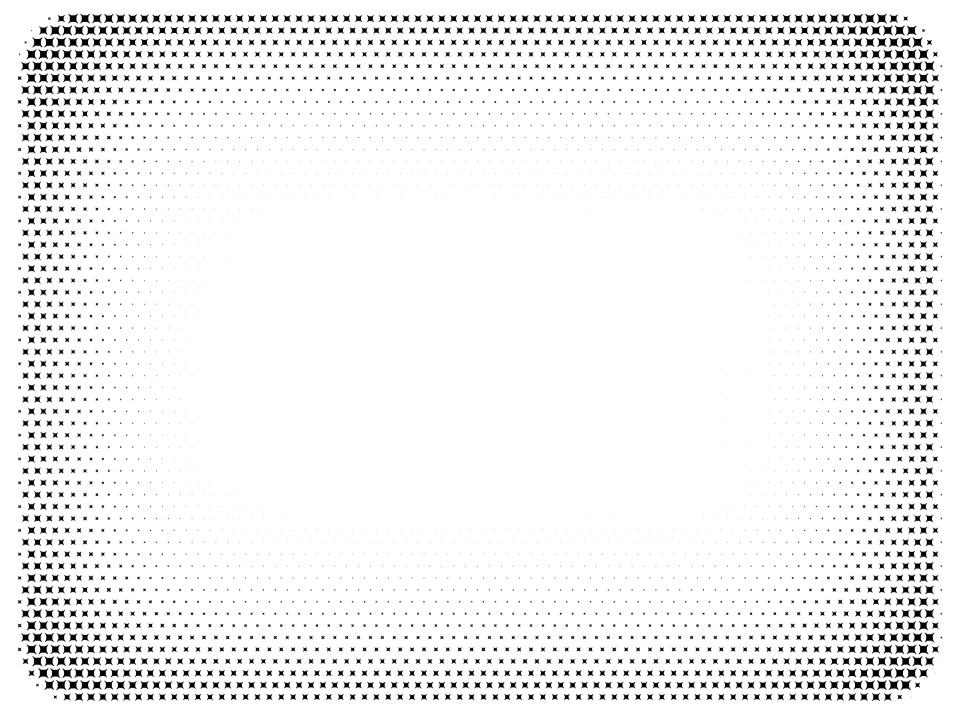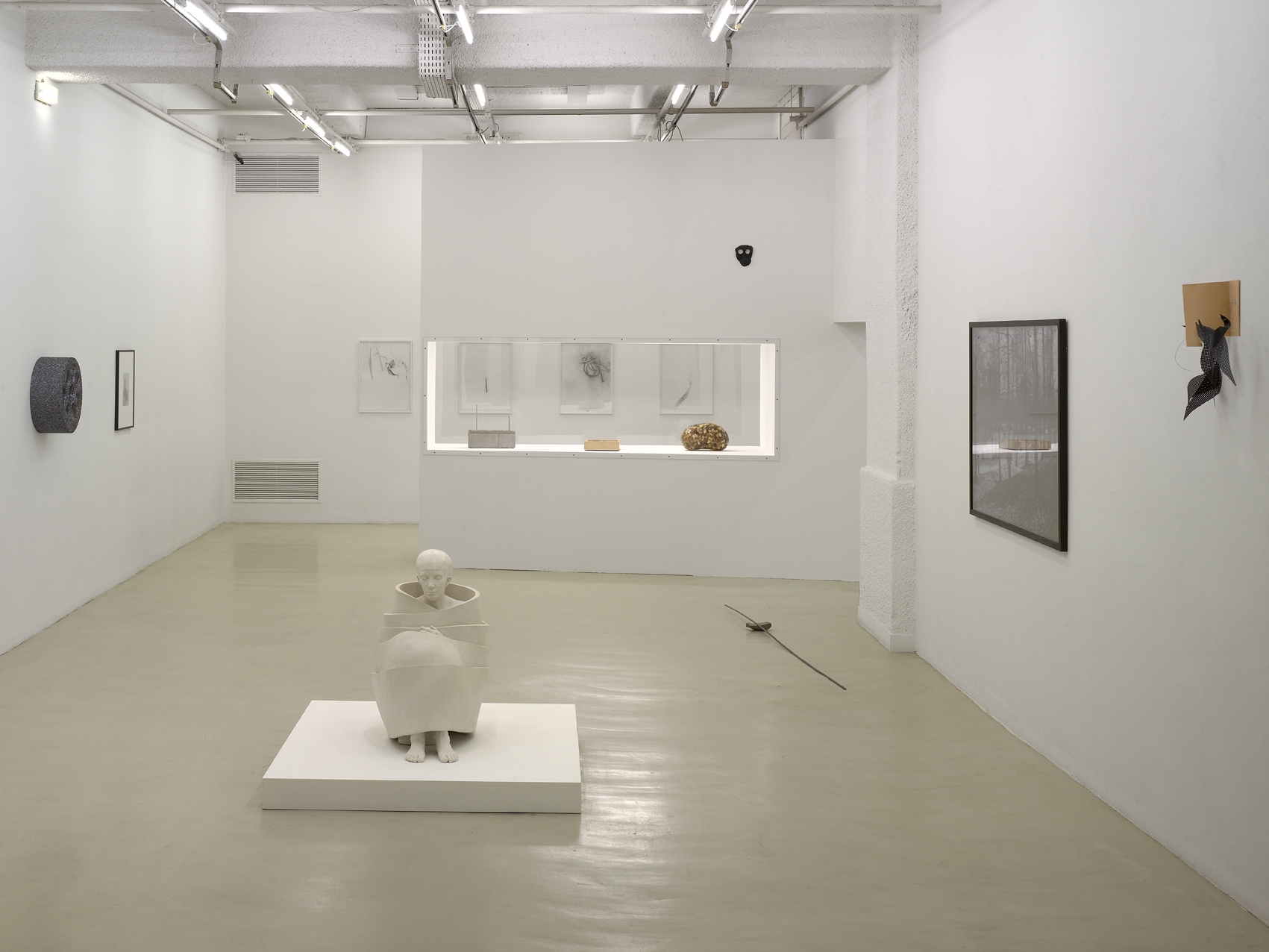Only After Dark
Bojan Šarčević

Bojan Šarčević, exhibition view Only After Dark, Centre d’art contemporain d’Ivry – le Crédac, 2007 Only After Dark Series, untitled (film 4), 2007, 16 mm, 2.29 min, color / sound, Camera: Sandra Merseburger, Music: Ulas Ozdemir, Production : galerie BQ, Cologne © Photo : André Morin / le Crédac

Bojan Šarčević, exhibition view Only After Dark, Centre d’art contemporain d’Ivry – le Crédac, 2007 Only After Dark Series, untitled (film 2), 2007, 16 mm, 2.47 min, coulor / sound, Camera: Sandra Merseburger, Music: Carol Peters, Production : galerie BQ, Cologne © Photo : André Morin / le Crédac

Bojan Šarčević, exhibition view Only After Dark, Centre d’art contemporain d’Ivry – le Crédac, 2007 Only After Dark Series, untitled (film 2), 2007, 16 mm, 2.47 min, color / sound, Camera: Sandra Merseburger, Music: Carol Peters, Production : galerie BQ, Cologne © Photo : André Morin / le Crédac

Bojan Šarčević, exhibition view Only After Dark, Centre d’art contemporain d’Ivry – le Crédac, 2007 Only After Dark Series, untitled (film 4), 2007, 16 mm, 2.29 min, color / sound, Camera: Sandra Merseburger, Music: Ulas Ozdemir, Production : galerie BQ, Cologne © Photo : André Morin / le Crédac

Bojan Šarčević, exhibition view Only After Dark, Centre d’art contemporain d’Ivry – le Crédac, 2007 Only After Dark Series, untitled (film1), 2007, 16 mm, 2.28 min, color / sound, Camera: Sandra Merseburger, Music: Carol Peters, Production : galerie BQ, Cologne © Photo : André Morin / le Crédac

Bojan Šarčević, exhibition view Only After Dark, Centre d’art contemporain d’Ivry – le Crédac, 2007 Only After Dark Series, untitled (film3), 2007, 16 mm, 2.16 min, color / sound, Camera: Sandra Merseburger, Music: Ulas Ozdemir, Production : galerie BQ, Cologne © Photo : André Morin / le Crédac

Bojan Šarčević, exhibition view Only After Dark, Centre d’art contemporain d’Ivry – le Crédac, 2007 Only After Dark Series, untitled (film1), 2007, 16 mm, 2.28 min, color / sound, Camera: Sandra Merseburger, Music: Carol Peters, Production : galerie BQ, Cologne © Photo : André Morin / le Crédac

Bojan Šarčević, exhibition view Only After Dark, Centre d’art contemporain d’Ivry – le Crédac, 2007 Only After Dark Series, untitled (film1), 2007, 16 mm, 2.28 min, color / sound, Camera: Sandra Merseburger, Music: Carol Peters, Production : galerie BQ, Cologne Only After Dark Series, untitled (film3), 2007, 16 mm, 2.16 min, color / sound, Camera: Sandra Merseburger, Music: Ulas Ozdemir, Production : galerie BQ, Cologne © Photo : André Morin / le Crédac

Bojan Šarčević, exhibition view Only After Dark, Centre d’art contemporain d’Ivry – le Crédac, 2007 Only After Dark Series, untitled (film 5), 2007, 16 mm, 2.15 min, color / sound, Camera: Sandra Merseburger, Music: Ulas Ozdemir, Production : Bojan Šarčević © Photo : André Morin / le Crédac

Bojan Šarčević, exhibition view Only After Dark, Centre d’art contemporain d’Ivry – le Crédac, 2007 Only After Dark Series, untitled (film 5), 2007, 16 mm, 2.15 min, color / sound, Camera: Sandra Merseburger, Music: Ulas Ozdemir, Production : Bojan Šarčević © Photo : André Morin / le Crédac










«[…]Imagining the film medium to be a “sculpture”, that is, a physical and concrete presence in the exhibition space, Šarčević delineates a path that seems to enhance the perspectival vanishing point of the galleries: organized into three pavilions (five in Le Crédac), this path appears to be a rhythm, a moving-seeing-understanding suggested by the space itself. The pavilions are simultaneously 1) distinct plastic elements, in other words independent areas of sculptural value, 2) support structures for the film projection and 3) spaces in which it is possible to experience the inescapable relationship between the work and its architectural context […].
«[…] My interest in developing this sculpture-film project was related to the idea of bringing the matter, its form and structure into an evanescent representation. Something like where the apparent texture is readable and perceived as an intangible image. This permutation of something solid and tactile into something impalpable, I found indeed very interesting […].
[…]There are other elements that also come into play, the pavilions, the soundtrack… They are elements of construction that act upon the observer’s attention. Since there are no narrative lines within the films, its purely abstract, intense edited film that creates its own language relation to space, to time, to movement, to matter, to light… It does re-evaluate my conceptions of sculpture into a different perspective: perhaps this could be an allegory of the museum question that you are interested in […]1
[…] As regards the former project, the characteristics that seem to have undergone a major deepening are the following ones: 1) the work is (still) a sculpture, even if produced with a medium, namely film, that is not strictly speaking sculptural, a sculpture that is once again in a variety of materials in which the aspect of dynamic crossing, of the three-dimensional, physical relation with the viewer and the exhibition space are reiterated and emphasized by the use of the film medium; 2) the work is (also) a film, an element that tends to lighten and soften the volumetric and plastic discourse inherent to the original sculpture, relating to the spatial subdivision determined by the white cubes of the museum and using the possibilities offered by screening, thereby relating to the dynamics of the imagination disclosed along the two-dimensional and metaphoric surface of the screen; 3) the work is defined within the space of the museum, without, however, defining an alternative expository project (‘exhibition’) to its mere presence in the museum. It will therefore occupy the exhibition space without articulating or grafting on any further critical discourse – relative to the context of the museum, that is quite separate from its being there as it is (“its own language relation to space, to time, to movement, to matter, to light”), the supposed ‘specificity’ and ‘interference’ of the ‘institutional’ space that houses it – that does not correspond to the visitor’s experience of passing through the space and spending time there[…].
[…]It is from this spatiality, which is constantly changing and in the process of becoming not only in physical but also in cognitive and sensible terms (“What am I seeing?”, “What should I understand?”, etc.) that there emerges the horizon of what Eric de Bruyn defines – taking as an example Dan Graham’s unrealized Cinema project – as a ‘topology’ rather than a ‘topography’ of expanded cinema: “By topology I mean a more dynamic understanding of the field of filmic practice, a transgression of the physical and ideological boundaries of things, a performative activity that will open onto the realm of publicity, without being absorbing by it, an oscillation on the boundaries […] A topological field is thus a space in flux: it engenders a constant inversion of its boundary surfaces, a kind of temporal spacing in which different discursive positions can come to overlap. Such confusion on boundaries, for sure, is not just another way of speaking about intermedia. In a topological practice the boundaries between things, people, media and spaces are not dissolved, rather they are marked in all their materiality in order to be transgressed”.2
In this topological rather than topographic horizon, what stands out appears to be contextually delimited and (<->) blurred, circumscribed and (<->) softened. Everything is confirmed and at the same time transgressed, remains itself and it is simultaneously acted, performed. Šarčević’s works are not therefore sculptures that use the film medium or films shown through a sculptural form, but “sculptures-films” (<->): that is, there is a difference and at the same time there is no difference at all between sculpture and cinema […].»
Andrea Viliani
In catalog Bojan Šarčević (2007)
Courtesy the autor / MAMbo-Museo d’Arte Moderna di Bologna
Video(s)
Film of the exhibition © Claire Le Restif / le Crédac
Artist biography
-
Born in 1974, in Belgrade.
Lives and works in Berlin and Paris.
